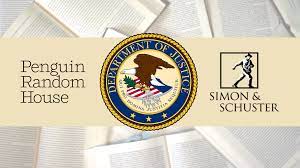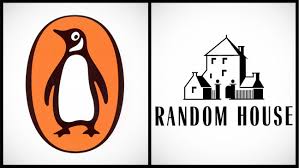Department of Justice Prevails and Blocks Penguin Random House Acquisition of Simon and Schuster – Parties Abandon Transaction

The Department of Justice’s Antitrust Division continues its aggressive pursuit of enforcement and recently succeeded in blocking a controversial acquisition in the book selling market. After a string of losses in the merger arena, Judge Florence Pan in the District of Columbia agreed with the Department of Justice and blocked Penguin Random House’s (“PRH’s”) proposed $2.18 billion acquisition of Simon and Schuster (“S&S”). Shortly thereafter, PRH decided not to appeal the ruling and to terminate the proposed acquisition.
For the Antitrust Division, the decision and the result was a major victory and vindication of its aggressive merger enforcement program. Recently, the Antitrust Division lost cases seeking to block Booz Allen’s $440 million purchase of EverWatch, UnitedHealth’s $13.8 billion takeover of Change Healthcare and U.S. Sugar Corp.’s $315 million acquisition of Imperial Sugar.
After a three-week bench trial, Judge Pan ruled that PRH, the largest bookseller in the market, could not be permitted to acquire S&S, the third largest book seller in the market. The Court’s lengthy decision provides important precedent for future antitrust actions, particularly in the U.S. District Court for the District of Columbia.
Judge Pan’s decision keyed on the anti-competitive impact that the resulting acquisition would give PRH over authors in negotiations for book rights, especially the high-end of the market involving popular authors who may receive as much as a $250,000 or more advance. In focusing on this issue, Judge Pan dismissed claims made by the parties that the merger would create cost-savings that would benefit consumers of popular book titles.

The primary anti-competitive impact, as explained by Judge Pan, would constrain competition among books sellers when purchasing publishing rates from authors. Judge Pan ruled that bidding wars over publishing rights fueled an important market to compensate popular authors with advances that created popular books.
Judge Pan considered this dynamic especially important in a concentrated publishing industry that suffered a major price-fixing prosecution with respect to e-books in its recent past. Given this context, Judge Pan observed that the level of competition was at risk from tacit collusive behavior. Judge Pan pointed to standardized contracts, payment structures, audio rights and royalties that reflected collusive conduct. Judge Pan concluded that major industry players appear to be participating in tacit collusion to restrict competition amongst themselves.
Judge Pan was not persuaded that the existence of three major competitors after the proposed transaction would adequately constrain the PRH-S&S entity from exercising market power over authors in the competitive bidding process. Instead, Judge Pan found it sufficient to identify the anti-competitive effects limited to the disappearance of S&S as a competitor against PRH in the publishing competition market. Additionally, a lower bid made by combined PRH-S&S entity would almost certainly lead to lower bids made by its competitors, all to the detriment of authors’ compensation and incentives to produce additional literary works.
Judge Pan noted that the relevant market for higher-end literary rights had been growing rapidly in response to strong consumer demand, which in turn has generated higher advances for popular authors. If the merger were permitted, the rate of growth may be offset by competitive harm, allowing publishers to acquire books for less than they would have absent the merger.

Smaller book publishers would not be able to constrain these anti-competitive impacts because they lack the resource s to compete in the best-sellers market. Further, Judge Pan rejected crediting self-publishing as a meaningful competitive alternative in the top-seller market.
Judge Pan also rejected the parties’ claim that the top seller market did not maintain any real barriers to competitive entry by new or existing competitors. As noted by Judge Pan, no publisher has entered the market and become a strong competitor against the top five competitors in the past thirty years.
Judge Pan credited DOJ’s general market definition, which limited the market to best sellers that earn author advances of $250,000 or more. She rejected publisher assertions that the real market should be set at $50,000 advances or $1 million advances, whiic is typically reserved for celebrity authors.
Based on this market definition, Judge Pan determined that the new Big Four would operate in a concentrated market in which they control 91 percent of the top seller market, and the new merged firm would control 49 percent of the top seller market.















